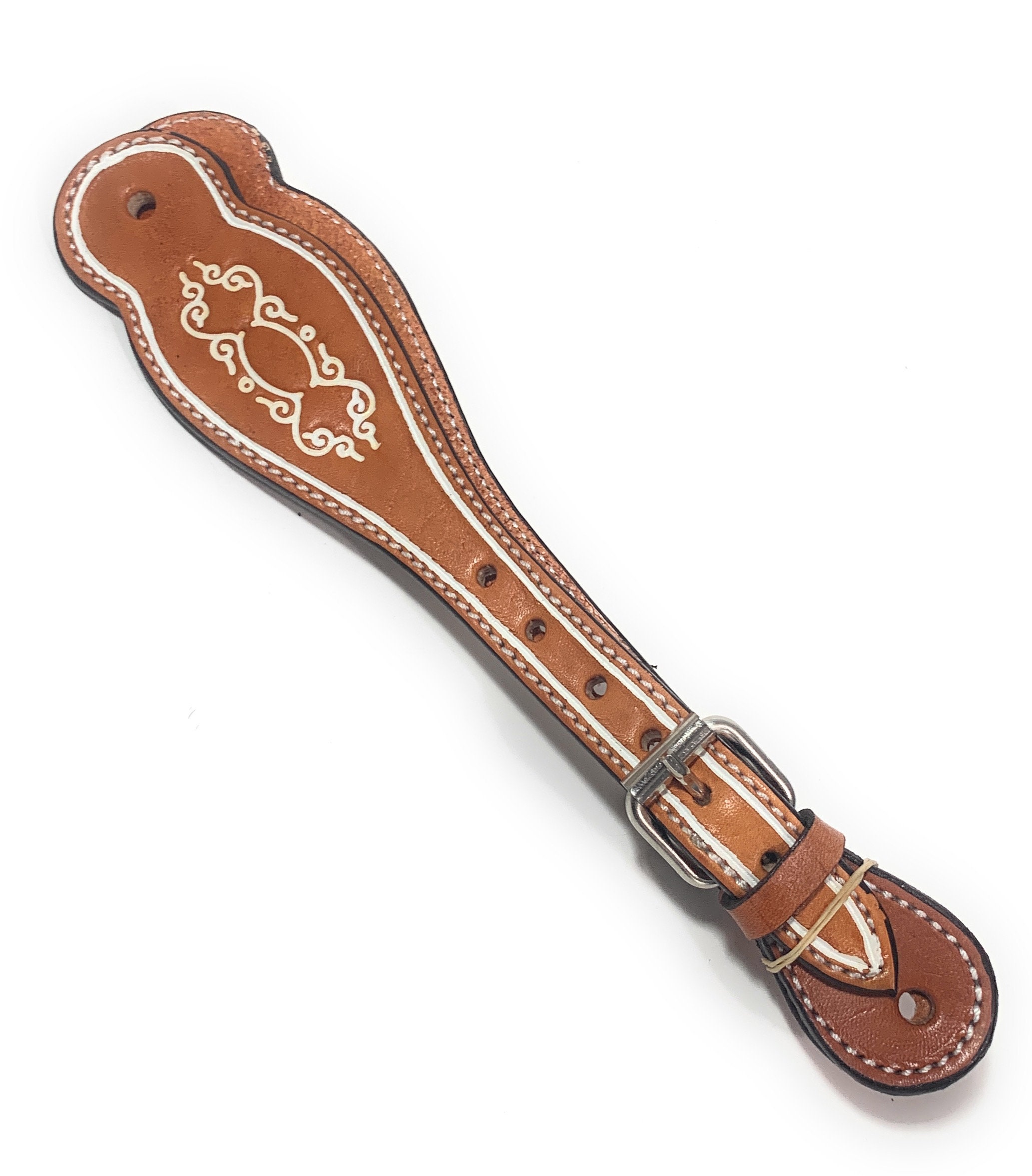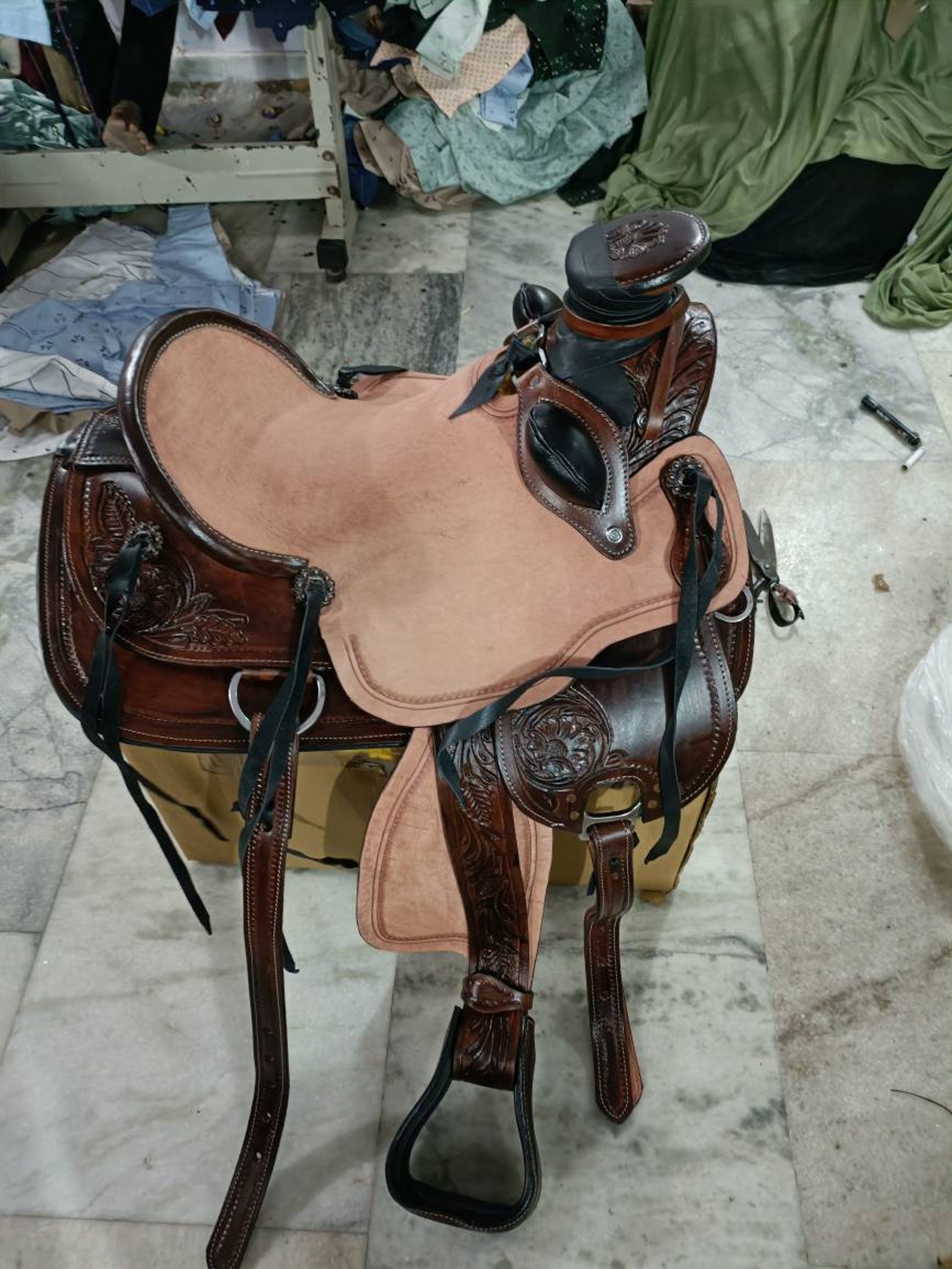

This will offer even more relief than a contoured pad, making it a suitable choice for high-withered horses who need more clearance.Ĭutback saddle pads have a section cut away from the withers to provide full wither relief. They can also be a good choice for horses with normal wither definition.Ī cutout saddle pad has a "cutout" at the top where the horse's withers would be, but it is still connected in the front. This is a great choice for high-withered horses or sway-backed horses who need clearance.Ī straight saddle pad has little to no curve at the front, making it suitable for horses with round or mutton withers or flat-backed horses. The shape of the front of the saddle pad should be considered when choosing a new pad as some pad shapes may be better suited for different horse conformations.Ī contoured saddle pad has a higher front to relieve pressure from the withers. To measure a saddle pad, measure along the spine to get the length, then measure from one side, across the withers, and down to the other side to get the drop.

A pad that is too small will provide insufficient coverage, while a pad that is too large may impede motion. As a general guideline, it is best to add about 2-3” to the length of your saddle (front to back) to find the correct size pad. Next, we need to address pad size and how it will fit with your saddle. Round saddle pads are also a good choice for short-backed horses. Round or barrel-shaped pads are a great option if your saddle has a round skirt to eliminate excess material, thereby freeing up the horse's movement and reducing heat. In most western disciplines such as barrel racing, roping, reining, cutting, and western pleasure, a square-shaped pad is most common to accommodate saddles with square skirts.


Trail Saddle with 5” cantle will feel smaller in the seat than one with a 3.5” cantle


 0 kommentar(er)
0 kommentar(er)
